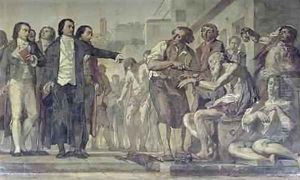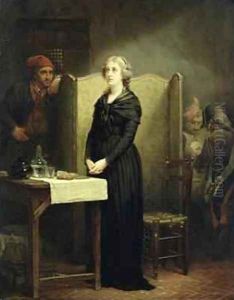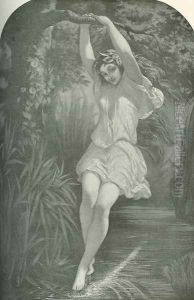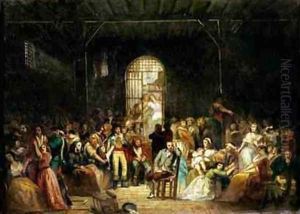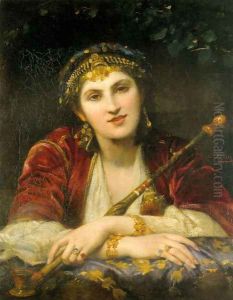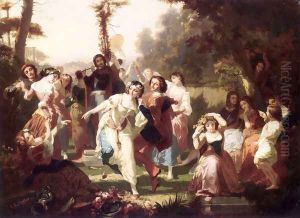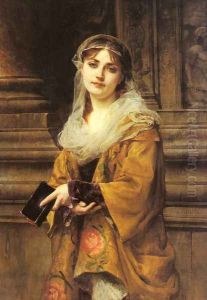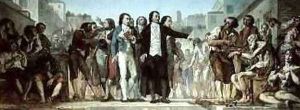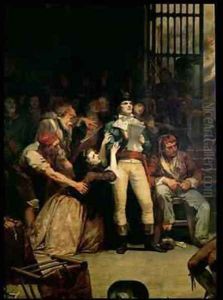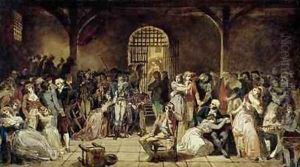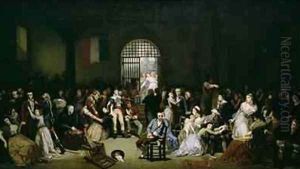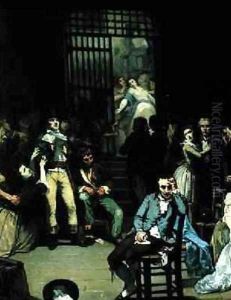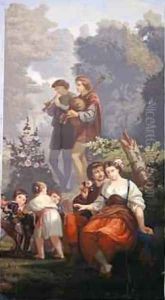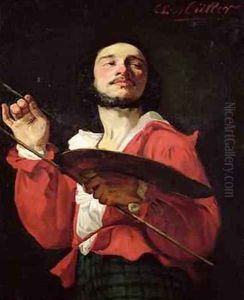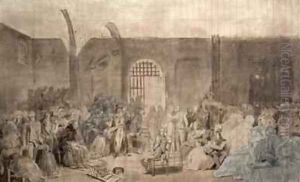Charles Louis Lucien Muller Paintings
Charles Louis Lucien Muller, often referred to as Charles Muller or Lucien Muller, was a distinguished French painter born on December 28, 1815, in Paris, France. Muller was celebrated for his historical paintings, portraits, and his adeptness in fresco, contributing significantly to the artistic landscape of the 19th century.
Muller's artistic journey commenced under the tutelage of his father, who was a modest artist himself, before he advanced his studies under the guidance of prominent figures such as Léon Cogniet. He exhibited an early proclivity for art, quickly absorbing the neoclassical and romantic influences prevalent during his formative years. Muller's talent was recognized early on; he was awarded the prestigious Prix de Rome in 1838, which granted him the opportunity to study in Rome, an experience that profoundly influenced his artistic direction.
During his time in Rome, Muller immersed himself in the study of Renaissance art and the masterpieces of antiquity, elements that would later permeate his own works. Upon his return to France, he embarked on a successful career, receiving commissions for various public buildings and churches. Among his notable works are the frescoes in the Hôtel de Ville, Paris, which bear testament to his mastery in the medium and his ability to convey historical narratives with vivid detail and emotional depth.
Muller's work was not limited to frescoes; he also excelled in oil painting, producing portraits and historical scenes that were characterized by their meticulous detail, vibrant color palette, and dynamic compositions. His paintings often depicted scenes from French history, imbued with a romanticism that captured the imagination of his contemporaries.
Despite his success, Muller's work fell into relative obscurity following his death on September 5, 1892. However, in recent years, there has been a renewed interest in his contributions to French art, especially in his approach to historical painting and fresco. Muller's legacy is preserved in the collections of various museums and in the public spaces that continue to display his magnificent frescoes, serving as a testament to his skill and creativity as an artist of the 19th century.
